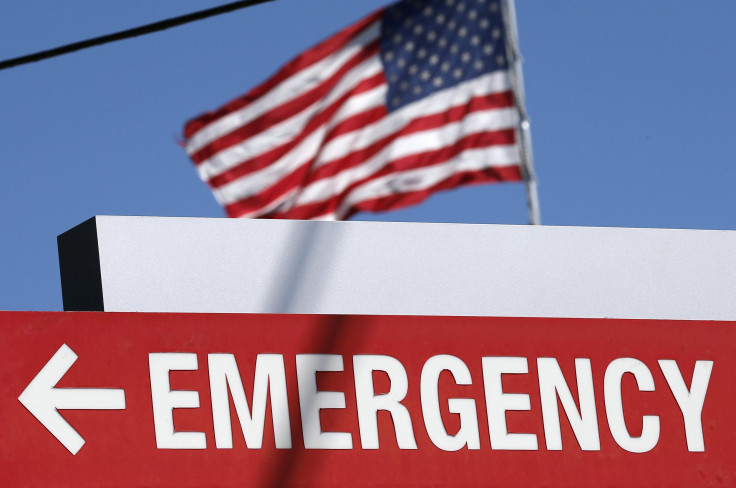Reducing Emergency Room Visits In Houston: Texas Firefighters Use Tablets To Connect Patients With Doctors, Not ERs

The emergency room is supposed to be used for just that: emergencies. Yet by most estimates, the majority of visits to ERs involve cases that could have been prevented or treated at an ordinary clinic. Figuring out how to reduce these unnecessary trips has long stumped the health care industry, but now the city of Houston, Texas, has come up with a novel solution that involves firefighters, doctors and electronic tablets.
Now, when Houston firefighters make house visits to residents who call 911 for medical reasons, they don’t automatically bring the person to the emergency room, the way they might have before. Instead, they use a tablet to set up a video chat with a doctor who can see and talk to the patient and determine whether there’s a genuine emergency, WVIK reported. If it’s not, the doctor might help set up an appointment and free transportation to a local clinic for the following day.
Known as Project Ethan (Emergency TeleHealth and Navigation), this initiative began in December of last year and is run by Dr. Michael Gonzalez, a professor at Baylor College of Medicine. The goal is to curtail the number of unnecessary emergency room visits by ensuring that patients who could be treated in a non-urgent setting actually are. Responding to medical issues in this more judicious way is supposed to not only cut down on costs but also ensure that emergency rooms are reserved for genuine emergencies.
Across the U.S., 136.3 million visits are made every year to the emergency room, according to the Centers for Disease Control, and estimates suggest that about 50 or even 76 percent of these are unnecessary, meaning they could have been prevented or treated in a primary care setting. The annual cost of such excess has been estimated at $14 billion.
The Houston firefighter program costs more than $1 million annually to run, but Gonzalez estimated the savings it would accrue would outweigh that. In Houston, 40 percent of ER cases were actually matters of primary care, WVIK reported, and if those patients could be seen in a clinic rather than the ER, the city could save more than $2 million.
Houston's program is one of many stabs at a stubborn problem in the American health care system, and many other cities and states have tried to find ways to cut down on unnecessary ER visits. California has experimented with medical homes, which helped reduce ER visits by 50 percent among one set of patients involved in the program. Washington state has also devised a complex medical plan that included a campaign to educate patients about when to use the ER, saving the state an estimated $34 million last year.
© Copyright IBTimes 2024. All rights reserved.






















